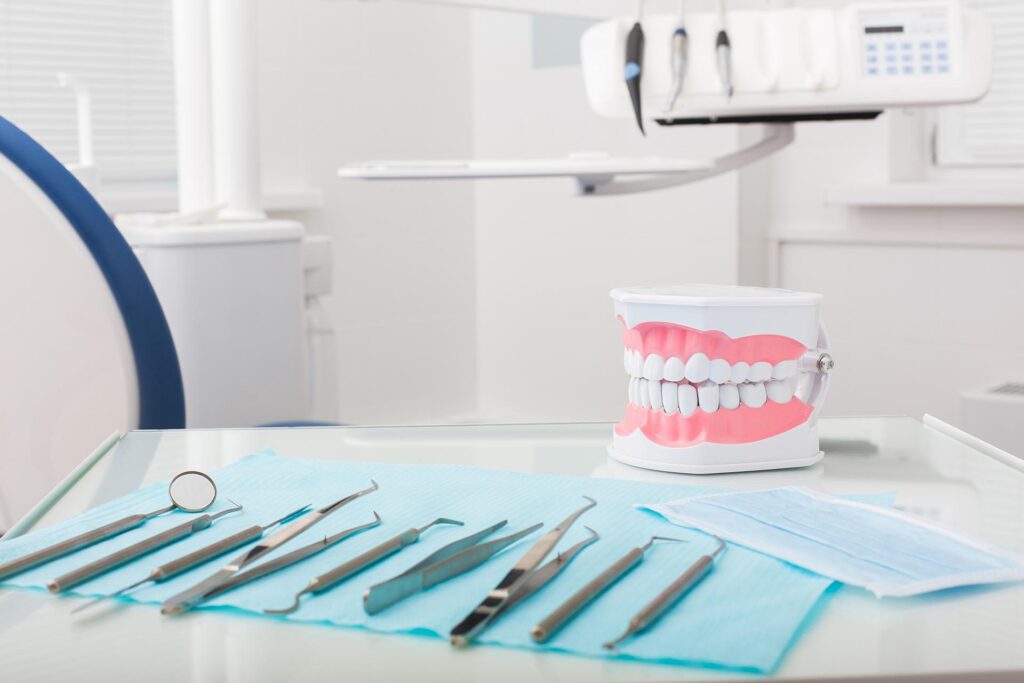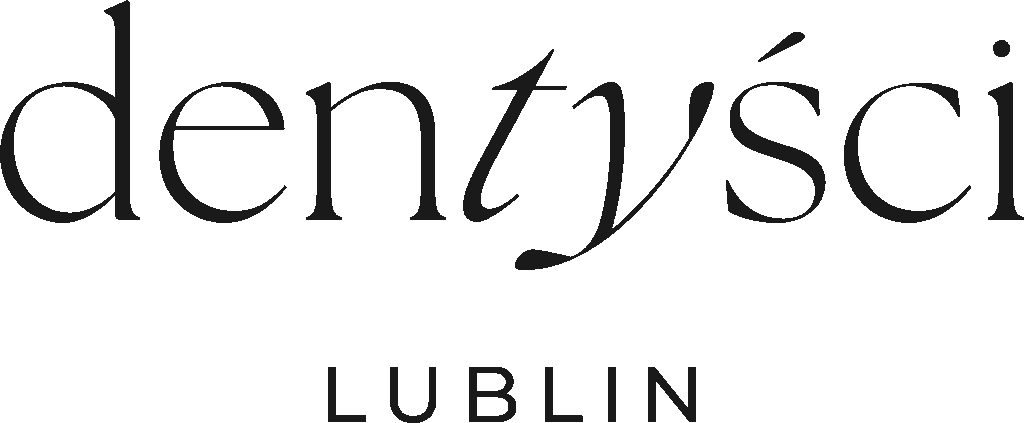Human jaws have been shrinking from generation to generation, while wisdom teeth still try to find their place. The result? They often erupt at the wrong angle, press on neighboring teeth, or-when impacted in bone-trigger a silent inflammatory process. Wisdom teeth are the last molars in the arch, and there’s often not enough space for them. As they try to break through, they may push against the second molars, cause crowding, or grow obliquely and rub against the cheek. The consequences include recurring gum inflammation, hard-to-clean pockets, and pain radiating to the ear or temple. In such situations, preventive removal can be the best way to avoid bigger problems like abscesses or damage to the roots of adjacent teeth.
Why do wisdom teeth cause trouble?
From an evolutionary standpoint, wisdom teeth were useful to our ancestors who ate hard, unprocessed foods. Today’s diet is softer and our jaws are smaller, so the maxilla and mandible don’t always accommodate a full set of 32 teeth. When space is lacking, a wisdom tooth may try to exit sideways or never break through the gum at all. A tilted crown then presses on the second molar, causing crowding throughout the arch, and bacteria accumulate in hard-to-reach pockets. Sometimes a hidden inflammatory process spreads into the bone, leading to cyst formation. What’s worse, symptoms can come in waves: mild discomfort subsides, only to return a few weeks later with double intensity. In this back-and-forth, patients often reach for temporary painkillers, but the technical problem doesn’t go away.
When is it really worth considering wisdom tooth removal?
The most common reason to see a dentist is pain when swallowing or opening the mouth wide. A slight redness over a partially erupted crown can turn within hours into a sharp swelling that radiates toward the ear or temple. Another warning sign is bad breath: food debris collects under the gingival “hood” (operculum), where bacteria produce hydrogen sulfide. A third scenario concerns orthodontic patients-if you’ve just finished treatment with braces, every millimeter of regained space is precious, so a wisdom tooth pressing on the second molars can undo years of work in a matter of months.
A consultation and CBCT scan allow precise assessment of root position relative to the inferior alveolar nerve. If imaging shows the roots touching or crossing the nerve canal, we plan the procedure under a surgical microscope, which significantly reduces the risk of lower-lip numbness. Remember urgent situations as well: if you develop a fever, difficulty swallowing, or trismus (jaw lock), don’t delay-these symptoms require prompt intervention, ideally through the wisdom tooth removal service at Dentyści Lublin.
Your visit and the extraction procedure – step by step
The first appointment begins with a calm conversation. The doctor asks about general medical conditions, allergies, anticoagulant medications, and your most recent blood tests. We then perform a 3-D CBCT scan to view the tooth from every angle. Detailed imaging is key: it lets us plan the incision line and decide whether to section the roots before removal.
The procedure is done under local anesthesia administered very slowly so you feel only gentle pressure. When the tooth is partially visible, we use atraumatic forceps and elevators designed to minimize fractures of the bone. If the crown is completely covered, we incise the gum and reflect a small mucoperiosteal flap to expose the bone. This is where the ultrasonic piezosurgery unit comes in. Its tip vibrates tens of thousands of times per second, cutting only hard bone while sparing soft tissues, vessels, and nerves. As a result, the surgical field bleeds less and postoperative swelling is milder than with traditional burs.
If the wisdom tooth has complex root anatomy, we section it into several pieces and remove it fragment by fragment, which helps protect the surrounding cortical plate. The entire procedure typically takes 10 to 30 minutes. We irrigate the socket with saline, place one or two sutures, and apply a cooled gel compress. Afterward, you receive a prescription for pain relief and, if needed, an antibiotic. A brief instruction session completes the visit, and you’ll get a link on your phone to an app with step-by-step postoperative guidelines and a video showing how to use cold compresses on a “20 minutes on / 20 minutes off” schedule. This is a typical protocol performed by an oral surgeon at Dentyści Lublin, whose experience also includes advanced microsurgical procedures such as apicoectomy and bone augmentation.
Recovery – practical tips and frequently asked questions
The first 24 hours after extraction are crucial. Avoid vigorous rinsing-your fresh blood clot acts as a biological dressing. If slight bleeding occurs, gently bite on a sterile gauze pad for 15 minutes. Make breakfast something like a smoothie or yogurt; save hot soups for later, since heat dilates blood vessels and may increase bleeding. Mild swelling peaks on day two and subsides from day three. Usually, you can smile for photos without worry after about a week, though deeper bone healing continues for several weeks. Plan a follow-up visit 7–10 days after surgery: the dentist will decide whether to remove non-resorbable stitches, and if resorbable sutures were used, will check that they are dissolving properly.
Work and sports. You can return to the office the next day, provided it’s not physically demanding and doesn’t involve hours of public speaking. We recommend pausing gym workouts, running, or swimming for at least 3–5 days because elevated blood pressure can provoke bleeding from the socket.
Smoking. Nicotine constricts blood vessels, hindering the delivery of oxygen and nutrients and increasing the risk of “dry socket” (alveolar osteitis), a very painful condition. It’s a great time to give yourself at least a week-long break from smoke.
Sleep. Rest with your head elevated above your torso to reduce blood flow to the surgical site and lower the chance of pulsating night pain.
Patients who follow these simple rules rarely report anything beyond typical, moderate soreness. All of this confirms that modern oral surgery at Dentyści Lublin can be truly minimally invasive and predictable.
Why is Dentyści Lublin a good place for surgical wisdom tooth care?
Our clinic operates like a compact oral surgery center. Every doctor has completed training in operating microscopy, and for complex cases we use 3-D planning software that builds a virtual jaw model from CBCT data. This lets us see-already at the planning stage-where the inferior alveolar nerve runs, the thickness of the cortical plate, and the angulation of the roots. We have a full range of piezosurgery instruments; ultrasonic cutting preserves soft tissues, and the handpiece’s maneuverability reduces operator fatigue, translating into greater precision.
We also perform bone augmentation and sinus lift procedures in-house, so you can complete the entire implant-preparation process without leaving the clinic. Patients in pain are guaranteed an appointment within 48 hours, and after surgery the doctor calls in the evening to make sure everything is on track. We also strive to make anesthesia virtually unnoticeable-an electronic delivery system administers it slowly, without sudden tissue distension.
If you’re considering the preventive removal of wisdom teeth or are struggling with recurrent inflammation, get in touch with us. In our hands, wisdom tooth extraction is a procedure you don’t have to fear. The Dentyści Lublin team specializes in oral surgery-from simple extractions to the most complex bone reconstructions. In a friendly atmosphere, we’ll explain your treatment plan, provide a clear cost estimate, and help your smile return to full function-without unnecessary stress.



